How to Create Your Own AI Image-to-Image Generator: A Step-by-Step Guide
Introduction
The international of artificial intelligence (AI) is evolving at a quick pace, with photograph-technology gear becoming greater latest and reachable. AI image-to-picture turbines, specifically, have garnered good sized attention because of their potential to transform one photo into any other, creating specific visual outputs based totally mostly on input records. If you’re curious approximately developing your own AI image-to-image generator, this newsletter will walk you thru the essential steps, thoughts, and system involved.
What is an AI Image-to-Image Generator?
An AI picture-to-photo generator is a deep studying model that transforms an enter photo right into a contemporary photograph, normally based on a specific style or preferred change. For instance, it would take a smooth comic strip and flip it right into a quite precise painting, or convert a daylight hours photograph into a night time scene. These models depend on complex neural networks to investigate the abilties of the input and learn how to control the image as a consequence.
Popular examples of AI image-to-photograph mills encompass
Pix2Pix: Converts pics from one vicinity to every other (e.G., comic strip to picture).
CycleGAN: Transforms images with out paired datasets, which includes turning a horse into a zebra.
DeepArt: Focuses on remodeling pics into considered one of a type art work patterns.
Key Concepts You Need to Understand
Before diving into the advent device, it’s vital to realise some key ideas.
Generative Adversarial Networks (GANs)
GANs are the spine of most photo-to-picture generators. These models embody two neural networks — a generator and a discriminator — that artwork together. The generator creates snap shots, even as the discriminator evaluates them to peer inside the event that they appearance sensible. The networks beautify together over time, resulting in surprisingly sensible generated pix.
Convolutional Neural Networks (CNNs)
CNNs are a kind of deep gaining knowledge of set of rules broadly used in picture popularity and generation obligations. They are especially important for image-to-picture turbines as they are able to correctly discover styles, edges, and talents inside the enter snap shots.
Data Preprocessing
Before training an How to Create Your Own AI Image to Image Generator, it’s vital to easy and preprocess the data. This step consists of resizing photos, normalizing pixel values, and organizing your dataset into suitable formats.
Steps to Create Your Own AI Image-to-Image Generator
Now that you’re familiar with the basics, permit’s dive into how you may create your personal image-to-picture generator. The approach is cut up into several key levels.
Choose Your Framework and Tools
There are numerous frameworks and gear available that will help you construct an photo-to-picture generator.
TensorFlow: A famous open-source library for tool getting to know and deep studying that allows GANs and CNNs.
PyTorch: Another famous framework for constructing neural networks, supplying flexibility and clean debugging.
Keras: A excessive-stage neural networks API that works with TensorFlow or Theano, imparting a easy manner to build and train neural networks.
Additionally, you’ll want a GPU to accelerate the schooling method, especially in case you’re operating with huge datasets.
Prepare the Dataset
The fantastic of your dataset plays a important position in how nicely your AI photograph-to-photo generator plays. Depending on the mission, you’ll want paired data (e.G., a photograph and a corresponding caricature) or unpaired data (e.G., a difficult and fast of panorama pix and a set of night time time-time snap shots).
You can either create your non-public dataset or use publicly available datasets like.
Cityscapes Dataset for city scenes.
COCO Dataset for wellknown objects and scenes.
Facades Dataset for architectural pix.
Make positive the dataset is huge enough to educate the model efficiently.
Build Your Model
Once you’ve got your dataset, it’s time to format the version. The shape you pick out relies upon at the challenge you’re specializing in. For example.
Pix2Pix Model: Best for responsibilities that require paired photos, collectively with comic strip-to-photo changes.
CycleGAN Model: Ideal for responsibilities in that you have unpaired snap shots, like converting among styles (e.G., turning sunlight hours images into middle of the night pics).
For simplicity, allow’s awareness on the Pix2Pix architecture:
Generator: This community takes the input image and generates a present day image based totally on learned patterns.
Discriminator: This network exams if the generated photo is sensible, providing comments to enhance the generator.
Train the Model
Training the model is the most time-eating part of the approach. During education, the generator creates snap shots, and the discriminator evaluates them. Both networks beautify over the years, with the generator getting better at generating sensible images and the discriminator getting better at detecting faux ones.
You’ll want a first-rate GPU and masses of computational power for this step, as education can take hours or maybe days, relying on the size of the dataset.
Evaluate and Fine-Tune the Model
After training the model, observe the output photos. Are they realistic? Do they meet the requirements of your venture? If no longer, you may want to pleasant-track the version through adjusting hyperparameters, the usage of a one-of-a-type structure, or training with a bigger dataset.
Common strategies to decorate the version encompass
Data Augmentation: Increasing the kind of your dataset through modifications like cropping, flipping, and rotating pix.
Regularization: Techniques like dropout or L2 regularization can assist save you overfitting.
Deploy Your Model
Once you’re happy with the overall performance of your AI image-to-picture generator, it’s time to deploy it. You may want to make it to be had as an API for others to use or integrate it into a web application.
Platforms like Google Cloud, AWS, and Microsoft Azure offer cloud computing offerings that let you installation and scale your AI fashions. You can also use Streamlit or Flask to build a clean net interface on your version.
Conclusion
Creating your private AI image-to-picture generator is an interesting and difficult undertaking that requires a strong knowledge of machine studying ideas, a appropriate dataset, and a top notch quantity of computational strength. By following the steps cited above, you’ll be properly to your manner to building a effective photograph transformation device that can open up new opportunities in paintings, format, and generation.
Whether you need to convert photographs into works of artwork, generate synthetic facts for research, or explore new innovative opportunities, AI photo-to-picture turbines are a bendy and effective device. Happy building!
Call to Action
If you’re equipped to dive deeper into AI and gadget gaining knowledge of, start experimenting with those frameworks nowadays. Don’t overlook approximately to test with amazing datasets and version architectures to improve your photo generation gadget!



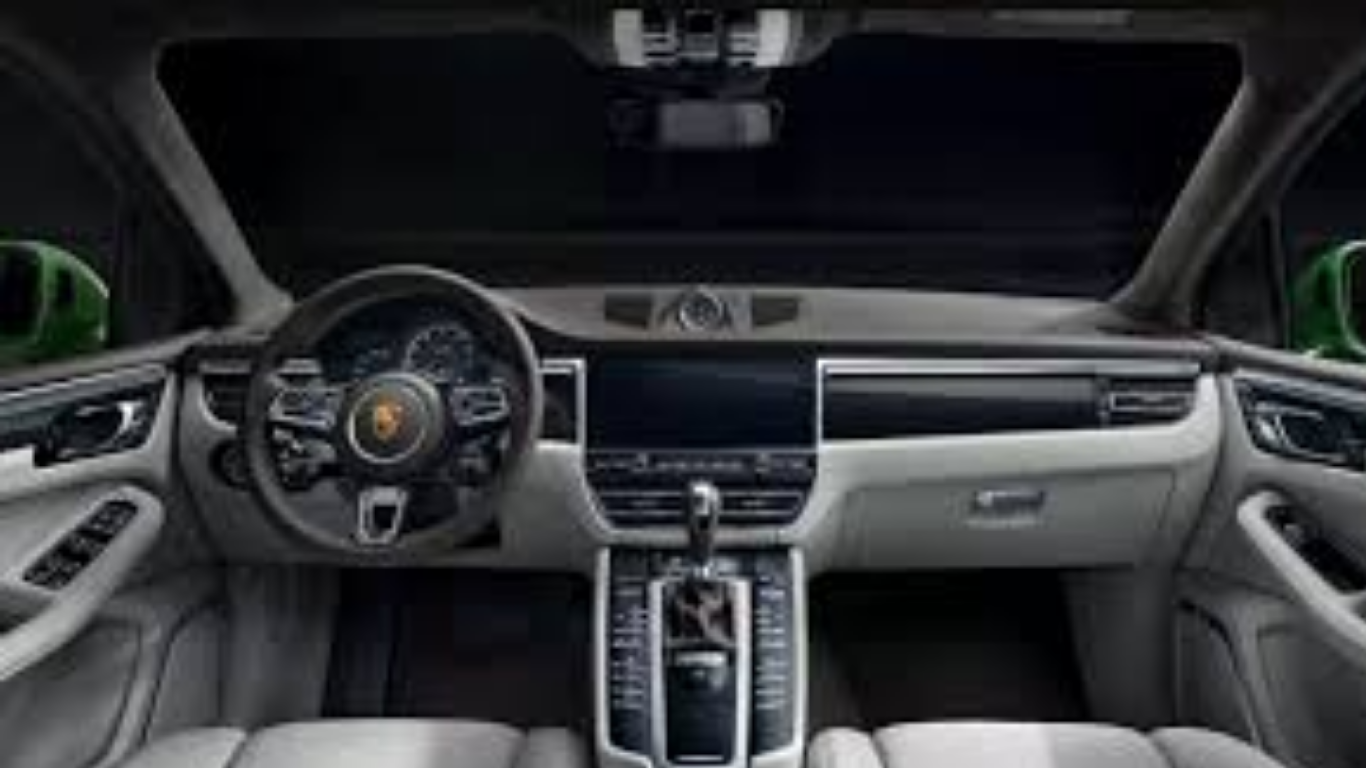
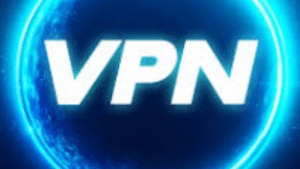

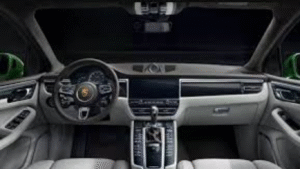
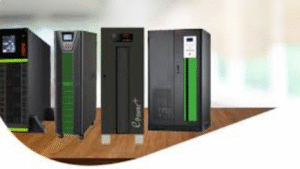

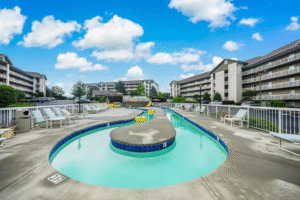
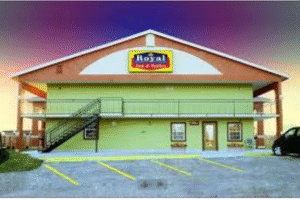
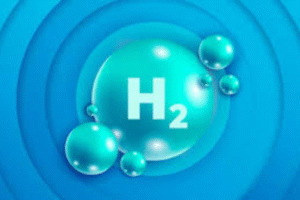
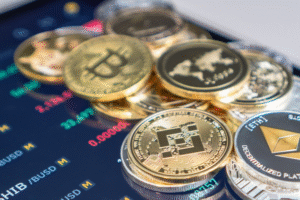
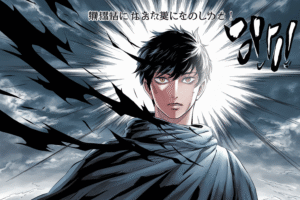
Post Comment